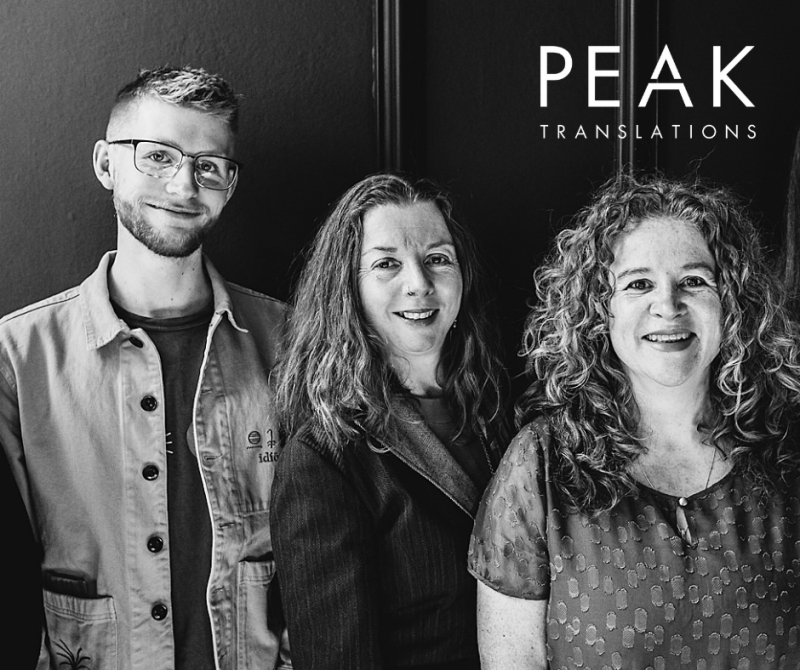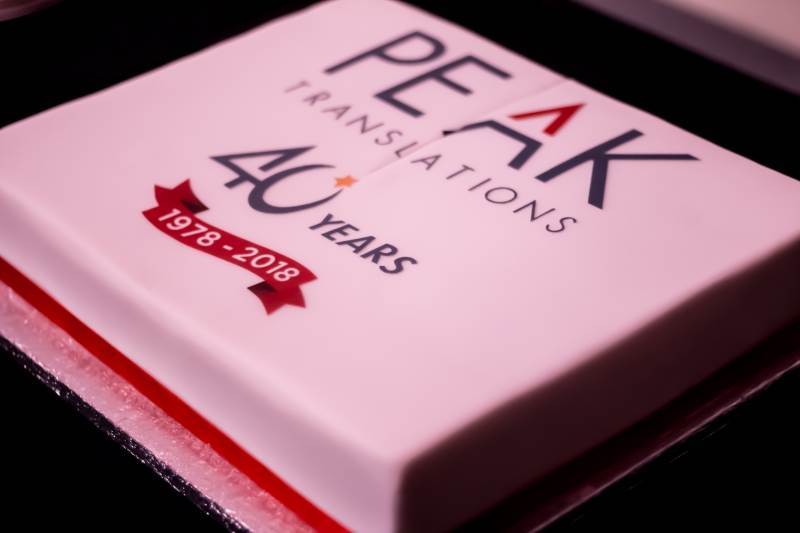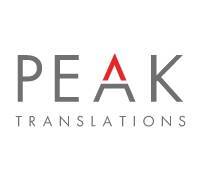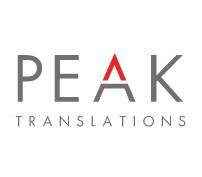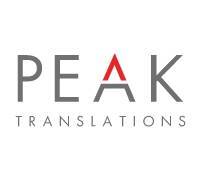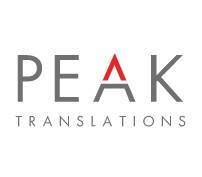- Contact 0870 350 7767
- |
- Advertise
Are translation services under threat from automation?
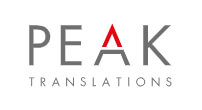 News and PR from Peak Translations Ltd - Published 04 March 2016
The language industry, according to the EU translation service, is growing faster than any other industry in the country thanks to an increase in global trade and communication.
News and PR from Peak Translations Ltd - Published 04 March 2016
The language industry, according to the EU translation service, is growing faster than any other industry in the country thanks to an increase in global trade and communication. The UKÂs Automation and packaging industries have achieved autonomy with great success, becoming what is known as Âfuture proof industries by utilising the concepts of Industry 4.0 to create Âsmart factoriesÂ. The theory behind this concept involves the Internet of Things, where raw materials and equipment are interconnected, communicating through IP addresses stored in microchips via Cloud technology. Thus, allowing them to move through the manufacturing process independently.
While this is exciting news for some business owners looking to cut costs, it is not for many workers who are potentially facing redundancy. Whether automation could be achieved in the translation industry is still unclear.
European translation services are worth over £12 billion, the sheer breadth of use is staggering and somewhat overlooked. While the subtitling of films and television programmes is an example most people will have come in contact with at some point in their lives; interpreting in court, translating legal documents and telephone interpreting are amongst those that arenÂt ubiquitous in the consciousness of the general public. Translation is paramount in many professions, a single contract, for example, was obtained for £300 million to complete the exact list of services above.
The fees paid for this contract beg the question, what is it about professional translation that government agencies and businesses believe warrants this amount of money?
To fully understand this, we must first look at Machine Translation (MT) and Computer Assisted Translation (CAT) services and how they have progressed since they first became available to the public. Yehosha Bar-Hillel started research for Machine Translation in 1951 at MIT; it wasnÂt until 1991 that it became commercially available through Russian University, Kharkov State and a further five years until it was available online with Systran. Even at this early stage, funding was extremely close to being pulled as it was suggested, in a report from ALPAC, that MT could not compete with human translation quality.
Since then, the advancement in this technology has been vast. After 15 years of research, the latest development in automated translation services, MicrosoftÂs ÂStar Trek voice translator, was unveiled at its pre-launch as a new service using Skype. The software can understand spoken words, translate them into another language and speak back to them in real-time.
Modelled on the universal translator, utilised by Captain Kirk and the crew of the Starship Enterprise, the tool, demonstrated in a three-minute conversation, translated English into Chinese.
Other announcements from Peak Translations Ltd
-
Unlocking Global Success: The Power of Precise Translation in International Busi
In an era where businesses are expanding their horizons and reaching out to international markets, the role of language in global success cannot be overstated. Precise translation services have emerge
29 Feb 2024
-
A Decade of Excellence: Helen Provart's 10-Year Celebration at the Helm of Peak
Ten years ago, Helen Provart embarked on a journey that demanded a delicate balance of vision, adaptability, and perseverance, taking the reins of Peak Translations.
13 Feb 2024
-
Peak Translations helps North West businesses welcome Chinese visitors
With record numbers of Chinese Tourists visiting the North West, Peak Translations have built a China Ready package to help businesses take advantage of this booming industry.
12 Apr 2019
-
Going Global, Going Once, Going Twice, Sold to the Company Expanding Overseas
On 14th and 15th November, Going Global Live Exhibition and Conference, a free business exhibition will be held at ExCel in London. Peak Translations will be exhibiting and speaking at this event.
04 Oct 2018
-
Peak celebrates 40th anniversary in style at the Imperial War Museum
On 12th July, Peak Translations celebrated its 40th birthday at the iconic Imperial War Museum North in Manchester in the company of clients, suppliers, advisors and key stakeholders.
23 Aug 2018
-
The first-time exporters guide to successful translation overseas.
Its a feeling many of us are familiar with...
04 Mar 2016
-
Taming Industry Terms with Quality Translation
Almost every industry has its own unique expressions or jargon.
04 Mar 2016
-
Make an International Statement Online
In and out of the office, the internet has become an essential tool for sourcing goods and services.
04 Mar 2016
-
Global Translations: Why small businesses must think big
Attracting international interest is a pivotal part of many companies business models and consequently, effective communication is key.
04 Mar 2016
-
Make an International Statement Online
In and out of the office, the internet has become an essential tool for sourcing goods and services.
04 Dec 2015





